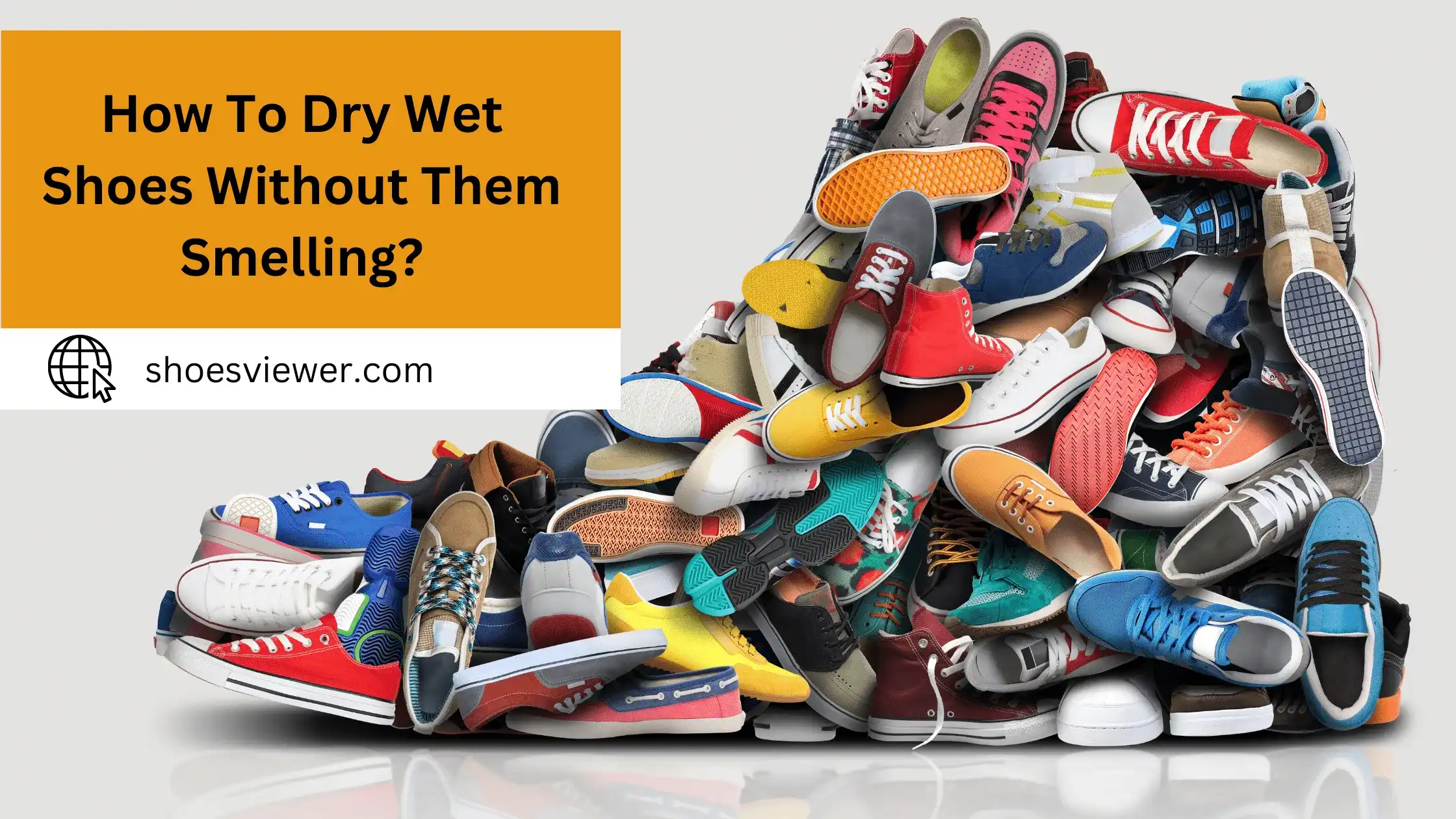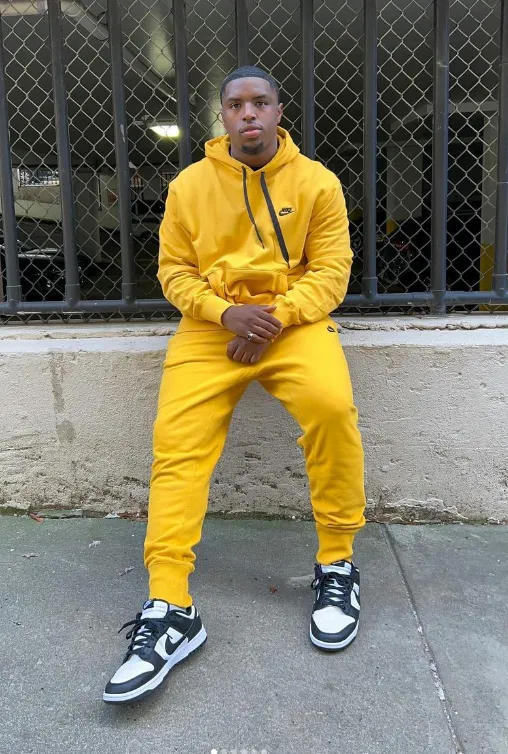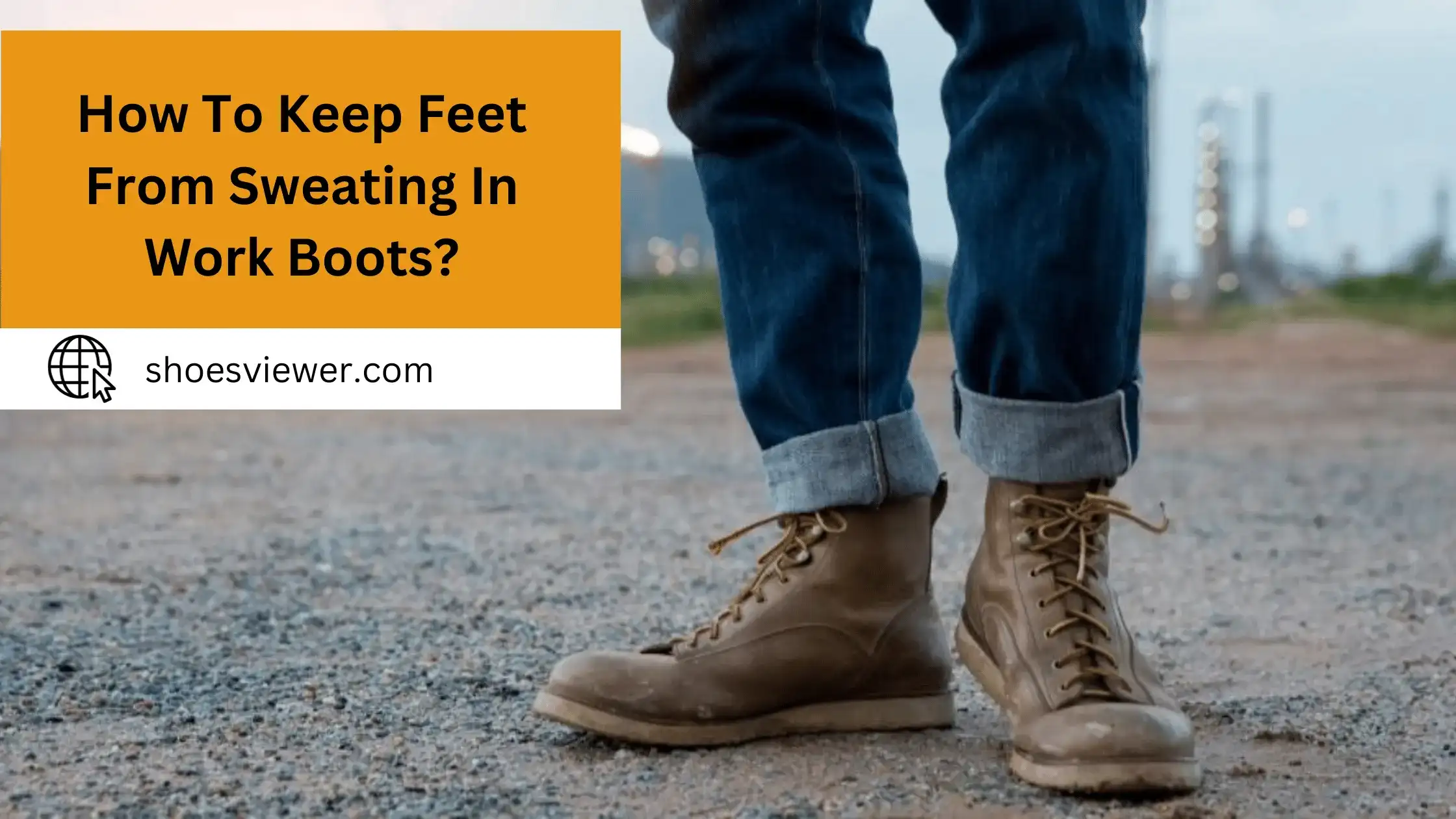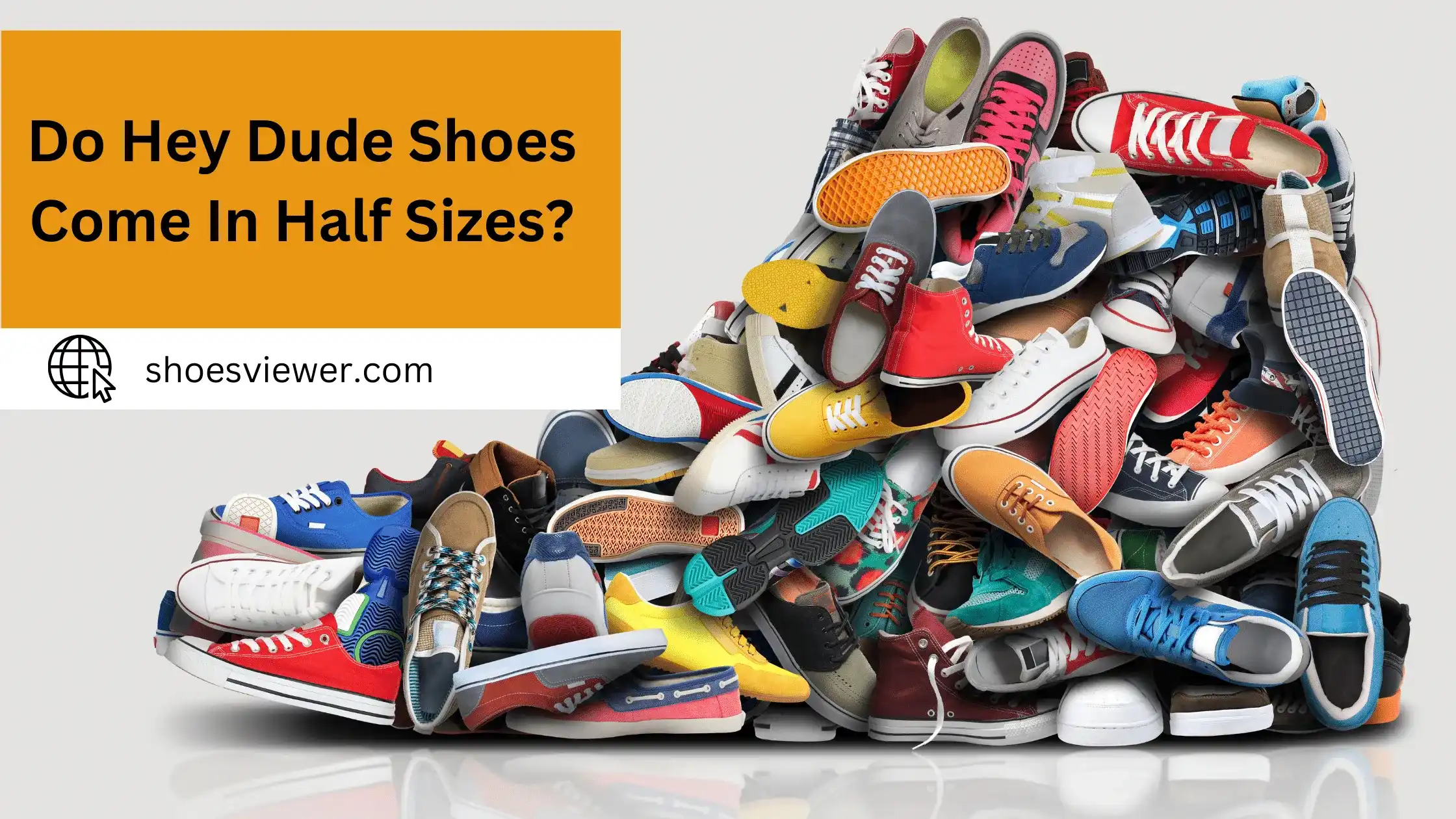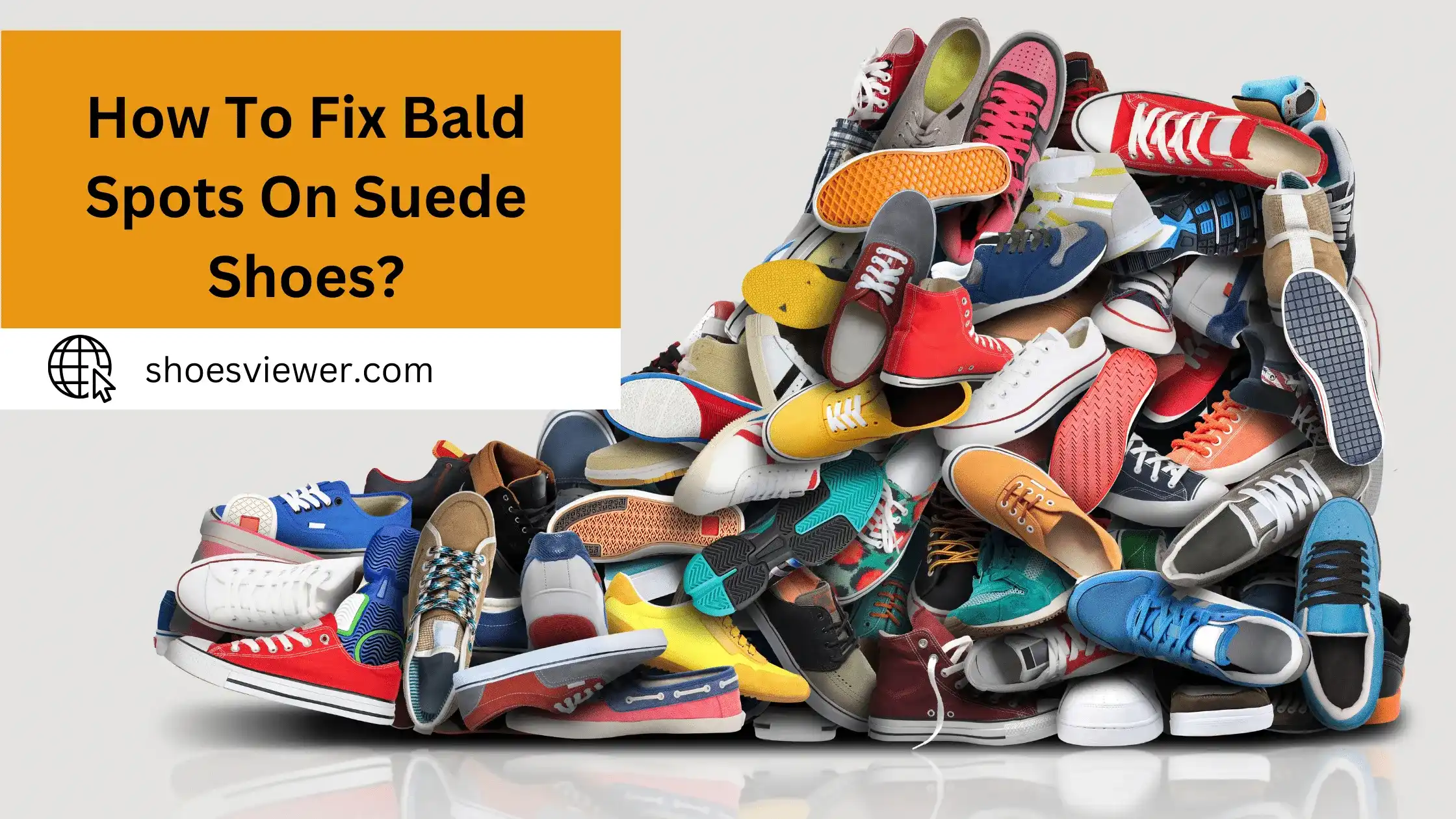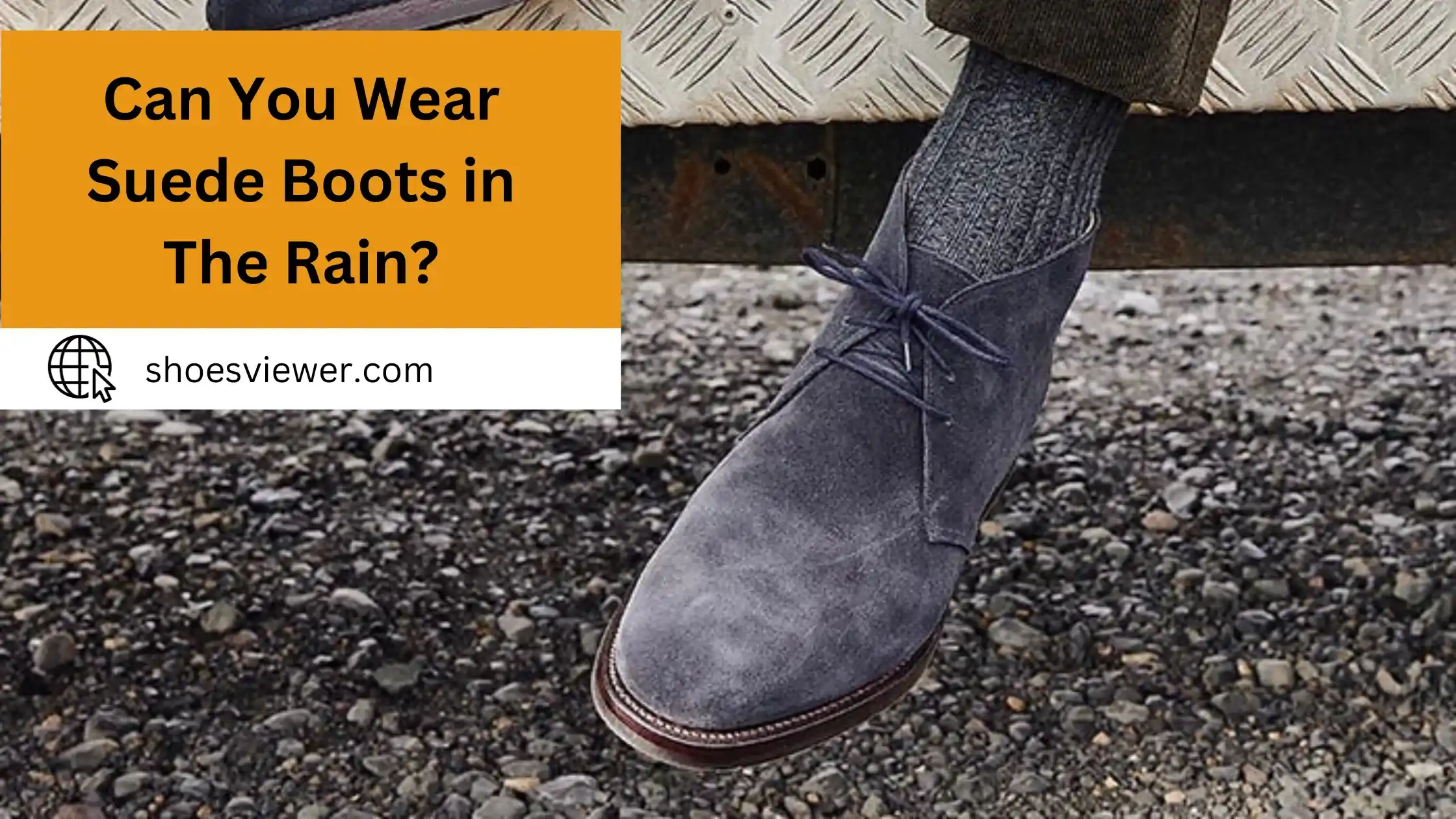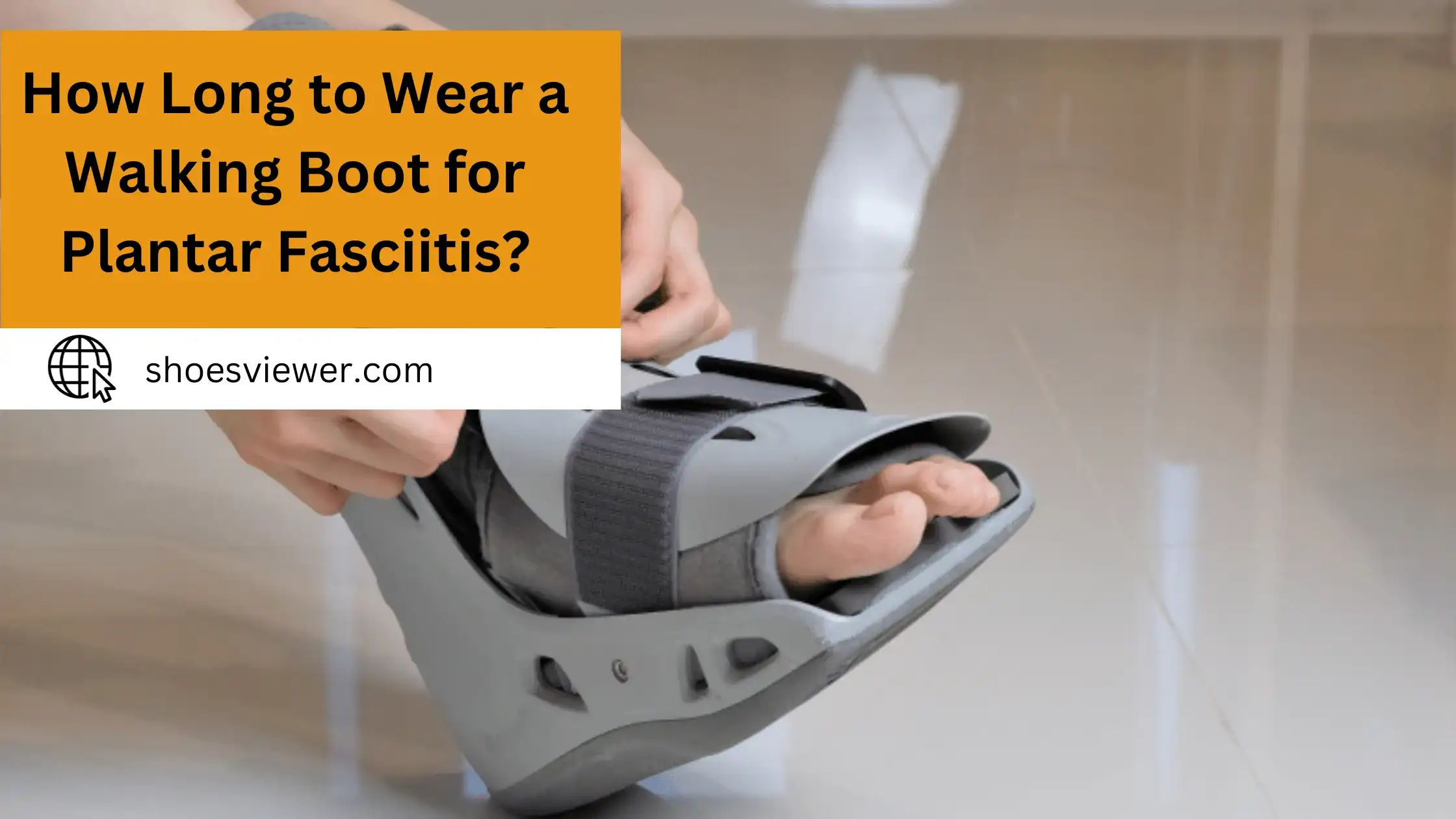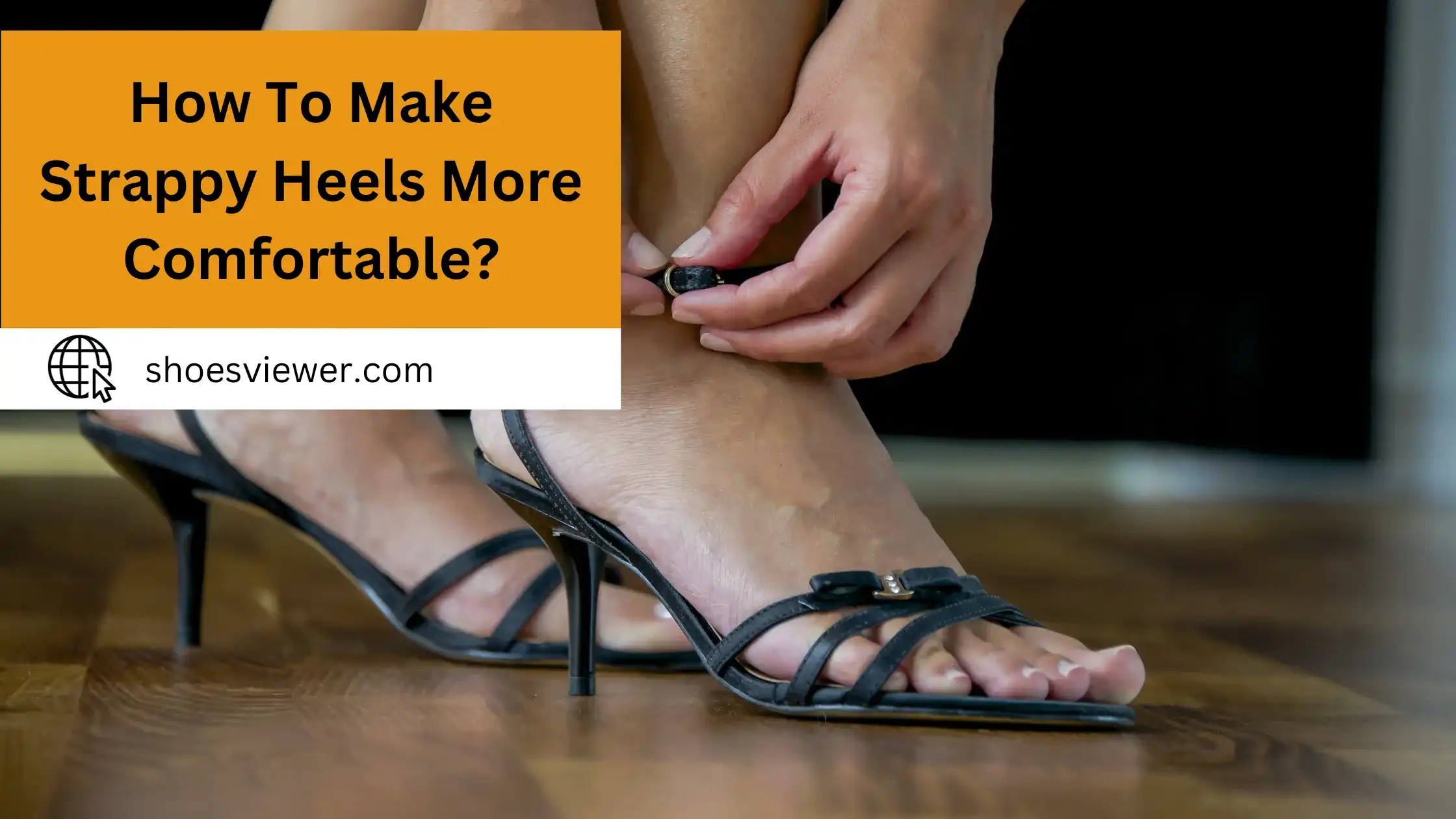Nothing can ruin your day quite like wet shoes. Not only are they uncomfortable, but they also tend to smell if not taken care of properly. So, if your shoes accidentally get soaked, don’t panic!
Drying shoes without leaving a smell is an important task, especially if you’ve been caught in the rain or stepped in a puddle. Moisture left in shoes can lead to the growth of bacteria and fungi, which can result in unpleasant odors. Here’s a step-by-step guide to properly dry your shoes without leaving a smell:
Remove Insoles And Laces:
Take out the insoles and laces from the shoes. This allows for better airflow and faster drying.
Clean Your Shoes (if needed):
If your shoes are dirty, clean them before drying. Dirt and organic matter can contribute to bad odors.
Use A Brush or Cloth To Wipe Away dirt:
If necessary, use a mixture of mild soap and water to clean them, then rinse off any soap residue with clean water.
Pat Dry:
Use a towel to pat down the outside and inside of your shoes, absorbing as much water as possible. This will help speed up the drying process.
Stuff With Newspaper or Paper Towels:
Crumple up newspaper or paper towels and stuff them into your shoes. They will absorb moisture and help maintain the shoe’s shape while drying. Change the newspaper or paper towels when they become wet.
Position The Shoes for Optimal Air Flow:
Place the shoes in an area with good airflow. If possible, position them in such a way that the open part of the shoe faces downward to allow moisture to escape more easily.
Use Fans or Natural Air:
If you have a fan, position it to blow air directly into and around the shoes. This will help expedite the drying process.
Alternatively, placing the shoes outdoors in a shaded area can also help, especially if it’s a breezy day. Avoid direct sunlight as it can fade or damage certain materials.
Avoid Direct Heat:
Do not use heaters, hairdryers, or other direct heat sources. Excessive heat can warp or damage the shoes.
Rotate The Shoes:
Every few hours, turn the shoes to ensure they dry evenly. Replace the newspaper or paper towels if needed.
Replace Insoles And Laces:
Once the shoes are completely dry, replace the insoles and laces.
Remember, it’s always better to let shoes dry naturally and avoid rushing the process. It preserves the integrity of the shoe materials and ensures they stay odor-free.
Do’s and Don’ts - What to Avoid When Drying Wet Shoes:
Drying wet shoes properly is crucial not only for the longevity of the shoes but also for preventing mold and odor. Here are some do’s and don’ts to consider:
Do’s:
- If the shoes have removable insoles, take them out and dry them separately. This speeds up the drying process and ensures all parts of the shoe get dried properly.
- Stuff with newspaper or paper towels will help to absorb the moisture from inside the shoe. Change the newspaper or paper towels every few hours until the shoe is dry.
- Place the shoes in front of a fan to speed up the drying process. The continuous airflow will help evaporate the moisture faster.
- If using a fan or airing out naturally, rotate the shoes periodically to ensure all parts are equally exposed to the airflow.
- If you have them on hand, place silica gel packs inside the shoes. They can absorb moisture and help speed up the drying process.
- Moisture must have an escape route, so always dry shoes in a place with good air circulation.
Don’ts:
- Don’t place wet shoes directly on a heater, radiator, or any other heat source. Direct heat can warp shoes, weaken adhesives, and damage materials, especially leather.
- Don’t throw shoes in the dryer, even with low heat. The tumbling action can deform the shoes, and the heat can damage them.
- While it might be tempting to dry shoes in direct sunlight, prolonged exposure can cause some shoe materials, especially leather and some synthetics, to fade or become brittle.
- Don’t put wet shoes in a plastic bag or any sealed container. This traps moisture and can encourage mold and mildew growth.
- Don’t wear the shoes until they’re completely dry. Wearing damp shoes can deform them, and it can also contribute to foot health issues.
- If you’re drying multiple pairs, don’t stack them on top of each other. This can hinder airflow and prolong the drying time.
Tips To Prevent Shoe Odor:
Preventing shoe odor involves minimizing these conditions and maintaining good foot hygiene. Here are some practical tips to prevent shoe odor:
Maintain Foot Hygiene:
- Use soap and water to cleanse your feet, paying attention to the spaces between the toes.
- Ensure your feet are completely dry before wearing socks or shoes, especially between the toes.
- This can prevent fungal infections and reduce foot moisture.
Choose The Right Footwear:
- Opt for shoes made of natural materials like leather or canvas, which allow feet to breathe.
- Sandals, open-toed shoes, or shoes with ventilation holes can help reduce moisture buildup.
Wear Moisture-Wicking Socks:
- Socks made of synthetic fibers like polyester or materials like merino wool can wick away sweat, keeping feet drier.
- Change your socks daily, or even more frequently if you’re very active.
Rotate Your Shoes:
- Don’t wear the same pair of shoes two days in a row. Give shoes at least 24 hours to air out.
Dry Out Your Shoes:
- If shoes get wet, stuff them with newspaper to absorb the moisture and maintain their shape. Allow them to air dry away from direct heat.
- Consider using a shoe dryer or placing them in a well-ventilated area.
Insoles And Inserts:
- Use odor-fighting or moisture-wicking insoles. Replace them regularly.
- Cedar shoe inserts can absorb moisture and leave a pleasant scent.
Potential Damage - The Risks of Using Heat or Direct Sunlight:
Material Deformation:
Excessive heat can cause materials, especially synthetic ones, to shrink or warp. For example, shoes that have adhesive can weaken or come apart when exposed to high heat.
Fading:
Prolonged exposure to direct sunlight can fade the colors of your shoes, especially if they have a vibrant color or are made of natural materials like leather.
Leather Damage:
Leather shoes are especially susceptible to heat and sunlight. They can become discolored, overly dry, and brittle, leading to cracks.
Rubber Degradation:
The rubber soles of shoes can degrade and lose their elasticity with direct exposure to heat or sunlight. This can reduce the lifespan of the shoe.
Encouraging Mildew Growth:
Heat doesn’t always evenly dry the insides of shoes, potentially creating a moist environment that encourages mildew and mold growth.
Avoiding Common Mistakes - Overlooking Insoles and Laces:
Insoles:
Retained Moisture:
Many people forget to remove the insoles when drying shoes. The insoles can retain moisture, which makes the shoe take longer to dry and can also lead to mold and mildew growth.
Avoiding The Issue:
Always remove insoles when drying shoes. Dry them separately, ensuring both the shoes and insoles are completely dry before reinserting them.
Laces:
Dirt And Grime:
Shoelaces can trap dirt and grime, which can retain moisture and contribute to bad odors or potential mold growth.
Wear And Tear:
Keeping wet laces in shoes can also weaken them over time, making them more prone to snapping.
Avoiding the Issue: Remove the laces from the shoes. You can wash them separately (consider using a mesh bag in a washing machine) and then let them air dry.
Conclusion:
All in all, drying your wet shoes effectively and keeping them from smelling is an easy task when you follow the right steps. Use some of these tips to make sure your shoes are dry and smelling fresh for your next outing. With the right tactics, you can enjoy dry and odor-free shoes for days!
